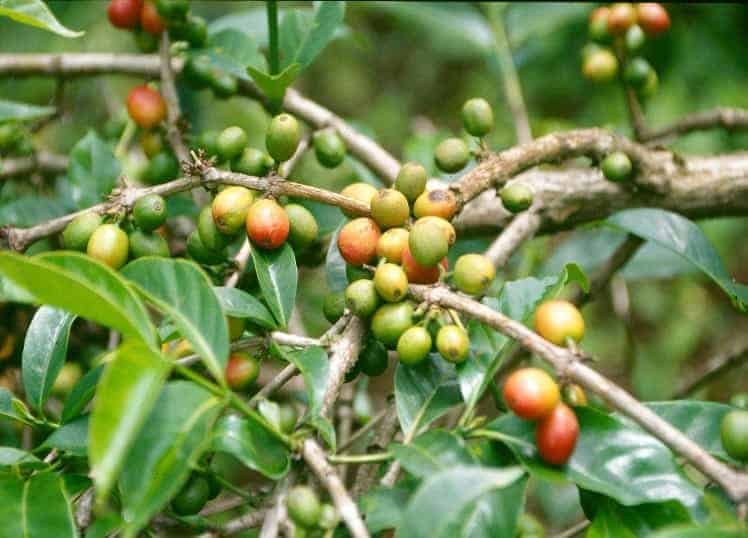Coffee brand – Why not?
Vietnam has set up a project to promote high-quality Vietnamese coffee backed by about VNĐ170 billion (US$7.5 million).
The sum will be funded by the State with VNĐ110 billion. The remainder will come from businesses and coffee growers.
The project, approved by the Ministry of Agriculture and Rural Development (MARD), will run from next year until 2023. It aims to develop connections between producers and consumers.
It also involves construction of large-scale, high-quality growing areas, with updated drying systems, storage facilities and processing plants. Each area will be able to grow an estimated capacity of 2.7 tonnes of Robusta coffee – the coffee that has given Việt Nam it’s beverage reputation – and two tonnes of Arabica (the coffee most common in Western countries) per hectare.
The project is expected to improve growers’ incomes by adding 5 per cent to coffee values by 2020 and 7 per cent by 2023.
It will also focus on building a Vietnamese coffee brand able to compete with rivals at home and abroad, and raising export prices to match other countries.
The project will enable up to 20 enterprises to use wet processing technology, enzymes and micro-organisms to improve quality and reduce post-harvest losses. The models are expected to earn a total of VNĐ2 trillion per year in the future.
According to a ministry report, Việt Nam earned US$2.69 billion from the export of 1.17 million tonnes of coffee in the first 10 months of this year. This was a drop of 22.7 per cent in volume and 2.5 per cent in value compared with the same period last year. However, it is noteworthy that the average export price of coffee in the first nine months was $2,286.7 per tonne, up 27.5 per cent year-on-year.
Chairman of the VietNam Cocoa Coffee Association (Vicofa) Lương Văn Tự said about 90 per cent of Vietnamese coffee for export was in the form of coffee beans, the remainder was ground and instant coffee.
He said the demand for coffee in the world market was still increasing. Việt Nam freely exports coffee to 140 countries and territories..
“The drop in volume exported this year is not related to the difficulty of the market or the quality of Vietnamese coffee, but mainly due to a drought in 2016 that led to crops failures,” said Tự. “In addition, the domestic consumption of coffee has increased in recent years.”
According to Tự, Việt Nam has competitive prices thanks to high yields of about 2.4 tonnes per ha, while the average world coffee yield is less than 2 tonnes per ha.
It is predicted that this year, turnover from coffee exports will reach $3 billion from a total of 1.3 million tonnes.
Việt Nam took 160 years to become the world’s second-largest producer and processor of coffee. In 1991, the country’s coffee output reached 1 per cent of the world market share. By 2015-16, it occupied nearly 20 per cent of the world market share.
Vifoca estimates that the domestic coffee industry needs to accelerate the processing of ground roasted coffee, instant coffee and other products to reach an export value of $5-6 billion by 2030.
(VNS)




